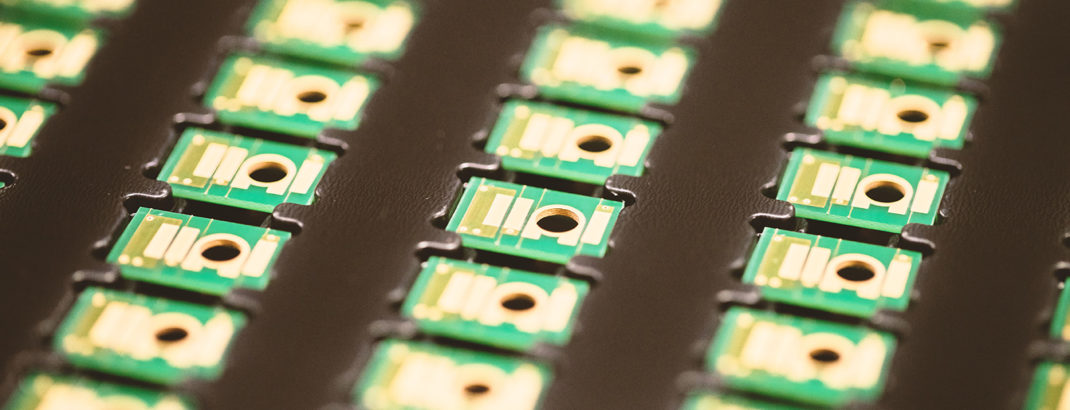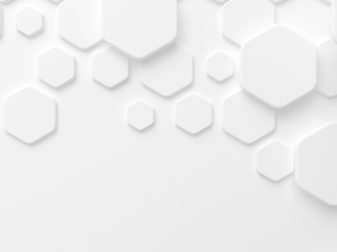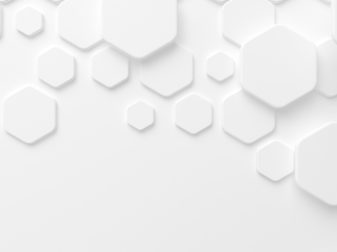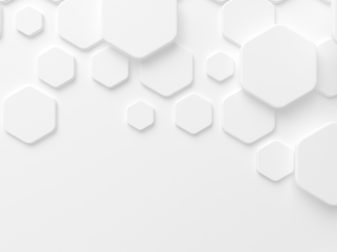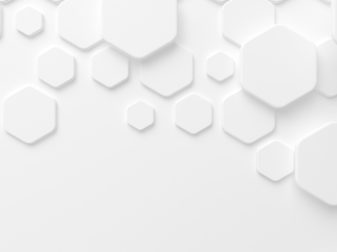The world of AM can be complex and daunting. So let us help.
Every customer is different – and every project requires defined materials and production techniques to create parts that nail your brief.
Some materials are king where part strength is the top priority, others boast impact and heat resistance where part performance is crucial. Sometimes a certain amount of flexibility is key, and other times the part aesthetics are needed for proof of concept.
